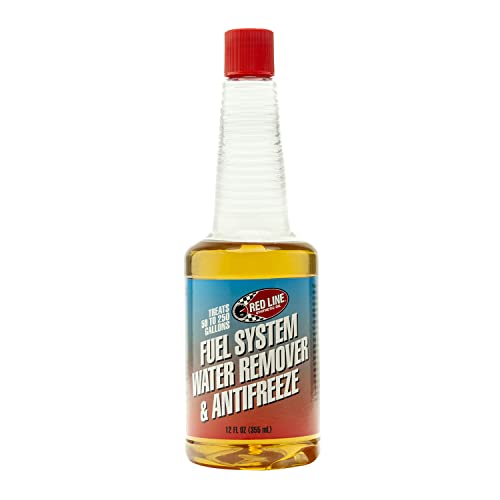When you think about your vehicle, fuel tank cleanliness is likely not the first thing that crosses your mind. Yet, water contamination in gasoline is a common issue that can lead to significant mechanical problems if left unchecked. This phenomenon affects countless drivers, sparking a deeper curiosity about how to effectively remedy the situation. Understanding how water infiltrates fuel systems, symptoms of water presence, and methods to remove it can enlighten anyone who’s ever faced this frustrating challenge.
Water can enter a gas tank in various ways. Precipitation is a primary culprit; water can seep through vent lines or condensation can form inside the tank, especially during temperature fluctuations. Additionally, refueling at contaminated gas stations can introduce water into your fuel system. This is particularly concerning for those who drive in humid climates or park outdoors frequently. The mechanics of fuel tanks and the behavior of gasoline are fascinatingly intricate, revealing why maintenance and cleanup are essential.
Moreover, why should one be concerned about water in gasoline? Firstly, it can cause engine performance issues, such as difficulty starting, misfires, and stalling. Water is denser than gasoline and will settle at the bottom of the tank. Consequently, the presence of water can lead to fuel starvation; engines depend on a consistent supply of gasoline, and disruptions can impair functionality. Additionally, prolonged exposure to water can promote corrosion in the tank and fuel lines as well, leading to even more costly repairs down the line.
Before delving into methods for resolving water contamination, it’s important to recognize the symptoms of its presence in your gas tank. Common signs include a rough-running engine, increased fuel consumption, and unusual engine noises. Drivers may observe that their vehicle emits white smoke from the exhaust or experiences difficulty accelerating. Such symptoms should not be ignored, as they not only indicate water contamination but can also hint at deeper mechanical issues.
Once the presence of water has been confirmed, a few options are available to remedy the situation. The simplest and often most effective approach is to use fuel additives specifically designed to remove water. These additives operate by emulsifying the water, allowing it to mix with gasoline and be combusted in the engine. There are various products on the market, some of which have garnered positive feedback from mechanics and automotive enthusiasts alike. Look for those that highlight a strong track record of effectiveness in water removal.
In addition to fuel additives, siphoning water from the tank can be another viable method. However, it requires cautious execution and knowledge of your vehicle’s tank design. For many cars, the fuel tank design may complicate this process, necessitating specialized tools or expertise. If you choose this route, ensure you have a suitable siphon pump and remember that safety should be your first priority—working with fuel can be hazardous. Additionally, be aware of local regulations concerning fuel disposal.
If mechanical intervention is required, consulting a professional may be your best bet. A mechanic can access the fuel system, perform a thorough inspection, and conduct a proper flush of the fuel lines. Though this may be a costlier option, it often guarantees a more comprehensive approach, especially if the contamination is severe.
Some drivers may consider the old-fashioned method of simply draining the gas tank; in order to do this, you’ll need to be well-versed in your vehicle’s design. This option, while radical, has the potential to effectively eliminate water from the tank. If you proceed this way, always conduct the procedure in a safe environment away from flames or sparks and invest time in familiarizing yourself with the necessary precautions.
Preventive measures can also help mitigate future water contamination in your gas tank. Regularly inspecting your fuel system and being cautious about where you refuel can make a world of difference. Choosing reputable gas stations, especially those that frequently service their tanks, will minimize the risk of contaminated fuel. Additionally, sticking to known brands can sometimes offer enhanced quality assurance. Being proactive about fuel management is a key component of automotive upkeep.
In conclusion, understanding how to identify and remove water from your gas tank is crucial for maintaining your vehicle’s longevity and performance. This often-overlooked aspect of car care can prevent significant repairs down the road. The science behind fuel tanks isn’t just mechanical; it embodies a sense of connection to the very movements of our daily lives, where gasoline plays an integral role. Whether you opt for a DIY approach with a fuel additive or enlist the expertise of a mechanic, the importance of addressing this issue cannot be overstated. Through diligence and knowledge, drivers can navigate the complexities of fuel tank maintenance and care for their vehicles in a way that keeps them running smoothly for years to come.
